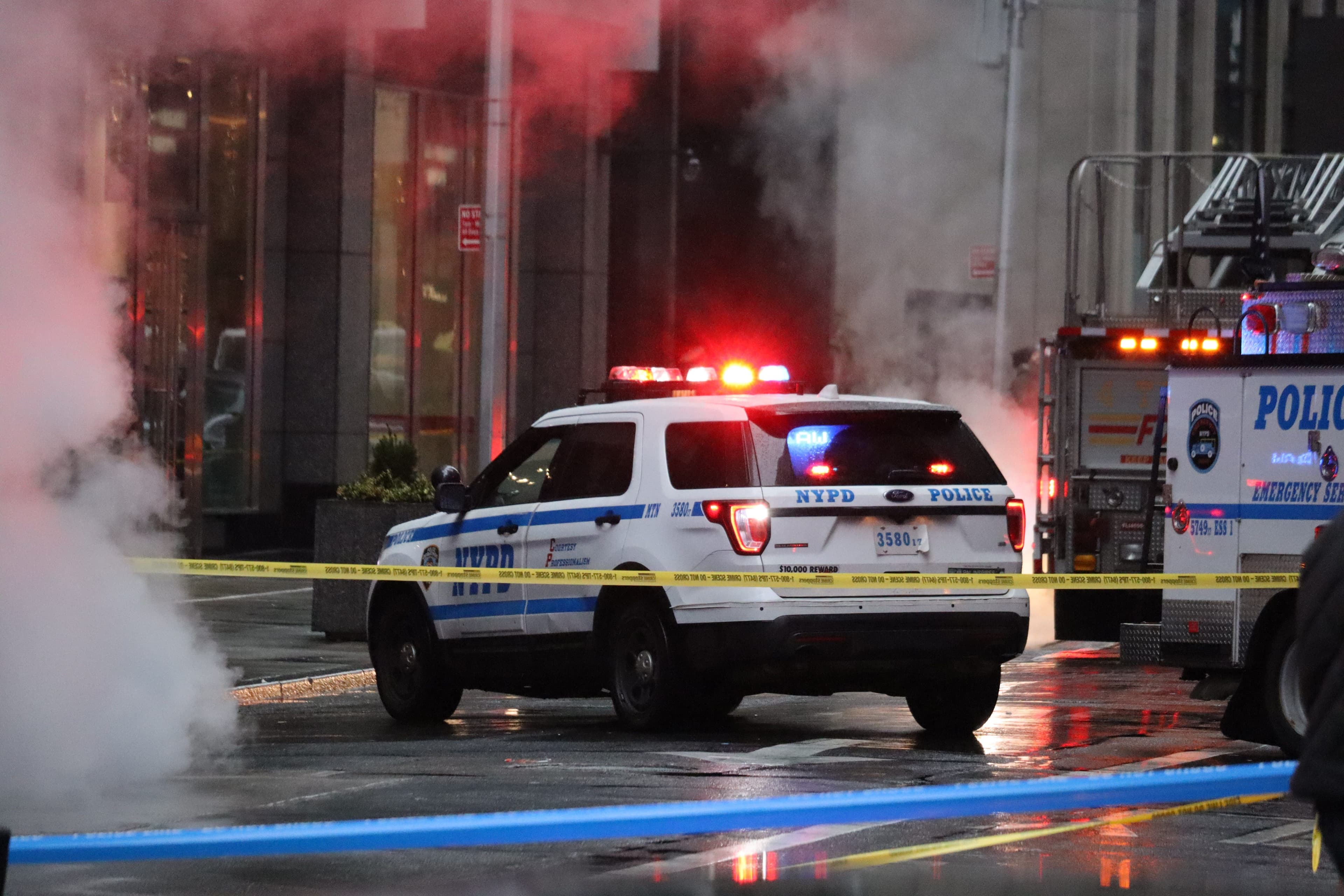
'Heather Cox Richardson Stole My Wife'Dec 10
one man’s account of how the prominent substacker helped radicalize his wife and blow up their marriage
May 4, 2023

Editor's Note: Predictably, in the wake of tragedy, activists are agitating for a race war. Great, thanks, I’m going to go ahead and pass this time. What the country actually needs are comprehensive mental health services, and conservatorship. River Page explores for Pirate Wires.
-Solana